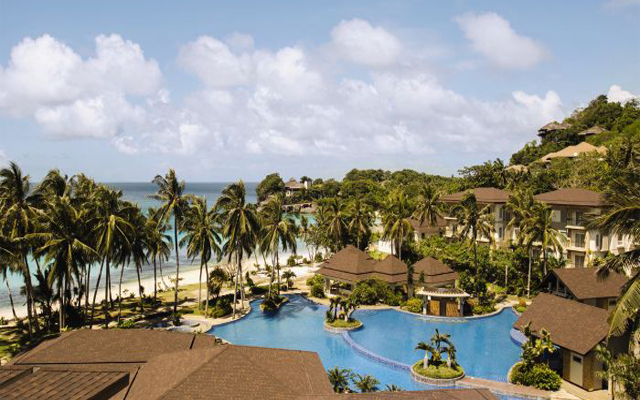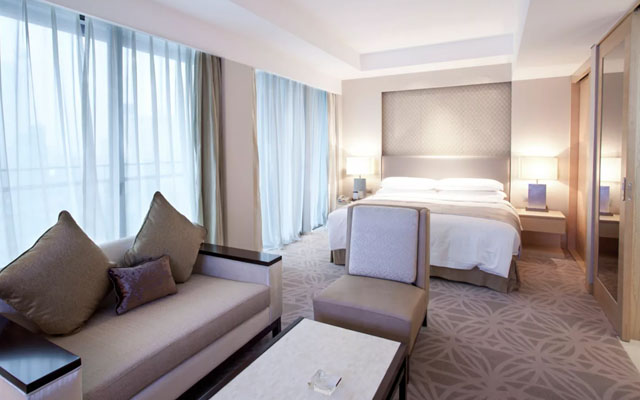The Philippines hospitality sector needs to be more competitive to attract more foreign brands and visitors, a substantial domestic market notwithstanding. By Rosa Ocampo

Having a huge domestic market can be a double-edge sword, particularly if it takes up the lion’s share of the tourism pie and overseas markets are overlooked.
The Philippines has an estimated 60 million domestic tourists, a cushy fallback in times of fluctuations in its foreign feeder markets. Foreign arrivals lag far behind in comparison, totalling 6.6 million last year, and has reached only 3.7 million in 1H2018.

Even world-famous Boracay has more domestic than foreign tourists, which stood at 1.2 million and 800,000 respectively last year.
One downside of a strong domestic travel sector is the small number of international hotel brands attracted to open properties in the country.
And without the competition that the foreign brands bring to a destination, tourist establishments have become rather complacent when it comes to improving their services and facilities.
According to a senior executive at a resort company, the arrival of a global hospitality brand is a key reflection of the readiness of the country or destination in welcoming the international market, as in the case of Boracay. With the presence of global established players, the local hospitality sector would be more driven to be competitive to meet the needs of international visitors.
Meanwhile, complacency among some hotels, dive centres and smaller tourism-oriented businesses was the gripe of a Hong Kong travel agent. He lamented that some of these local suppliers ignored phone calls and emails.
But oftentimes the lack of upgrade or expansion simply boils down to business decision, especially for small tourism outfits, local industry leaders pointed out.
Tourism Congress of the Philippines’ president Jojo Clemente explained: “By virtue of them being small players, that’s all that they can afford. If they’re full, there is really no cause to renovate. If they’re not full, how can they fund a renovation when their profit is so small?”
Angel Ramos Bognot, president and managing director of Afro Asian Travel, thinks the as-yet-developed culture is to blame, in which operators often adopt a “that will do” attitude for domestic tourists while going the extra mile for foreign tourists. The Department of Tourism, she opined, should be involved and “raise the bar for all its partners in tourism”.
And with the steep depreciation of the Philippine peso against the US dollar, Bognot predicts an increase in domestic footfall as it is now costlier for locals to travel abroad, even as LCCs – which spurred the domestic tourism boom – continue to offer competitive airfares.
But as local operators and domestic tourists become more exposed to the ever-changing global trends, the situation will certainly improve as domestic travellers become more discerning, with disposable income rising and the demand for higher quality and standards expected to follow suit.
Amid a growing list of global brands in Manila and Cebu, Clemente noted: “Local chains are starting to become aggressive. Henann, Bellevue and Chroma are putting up really nice properties.”



















